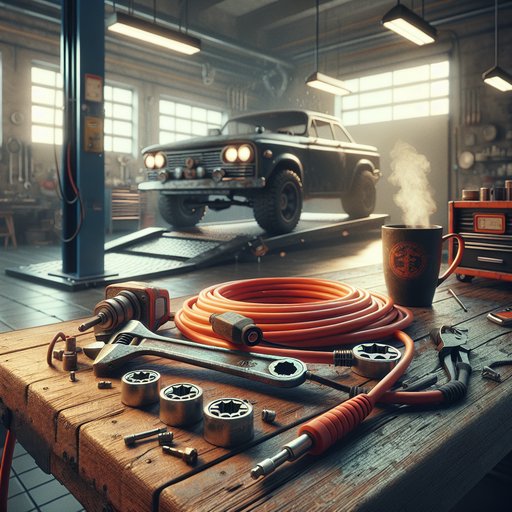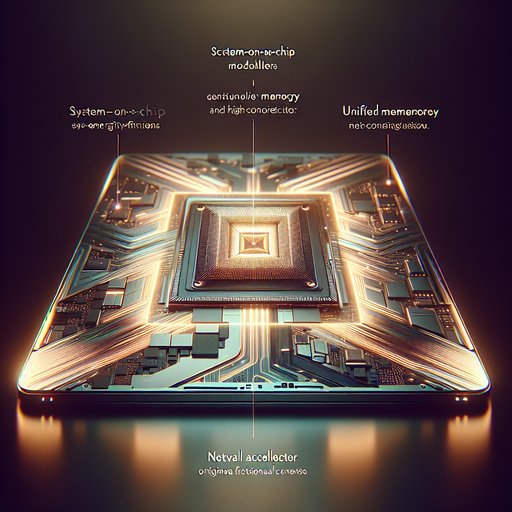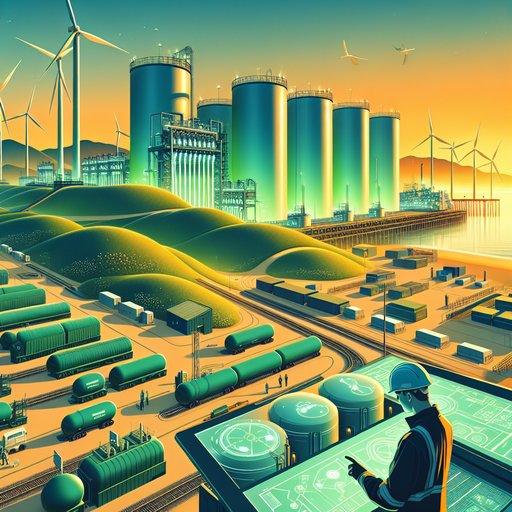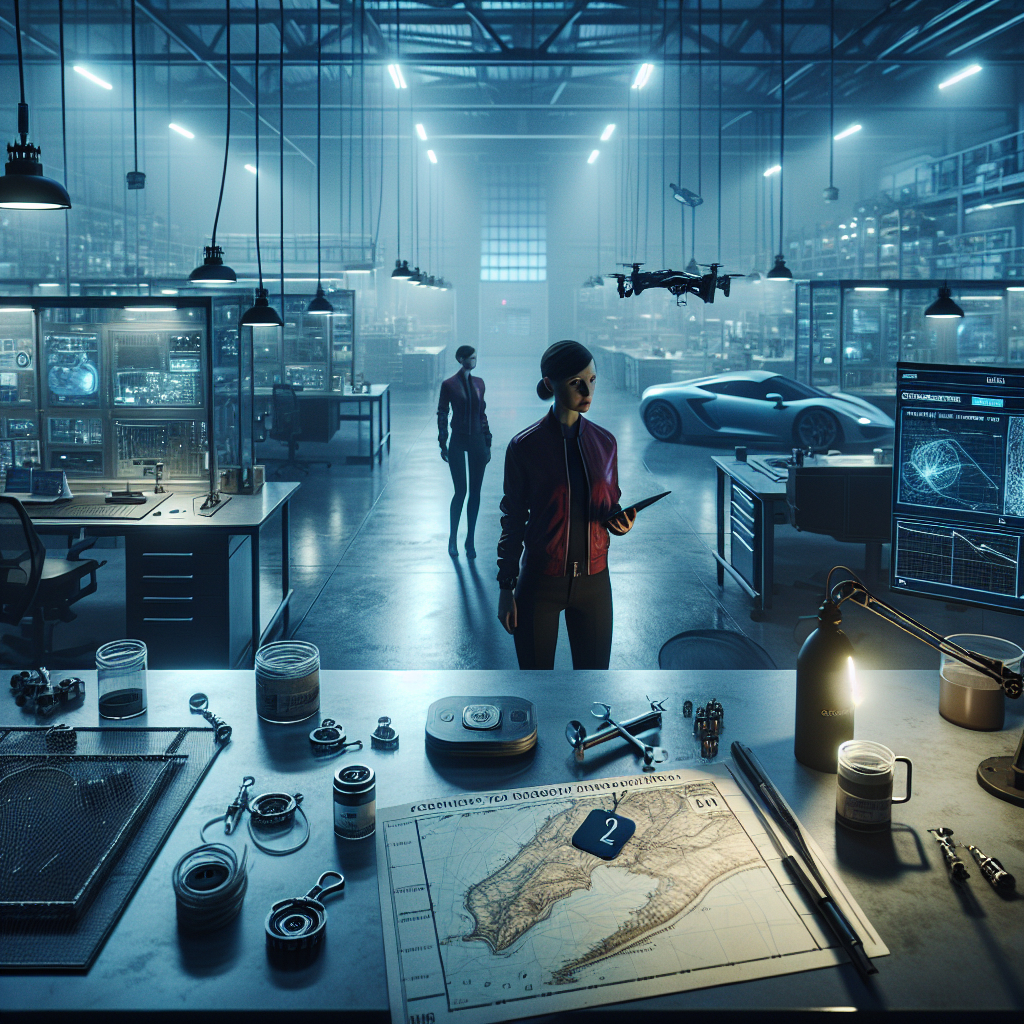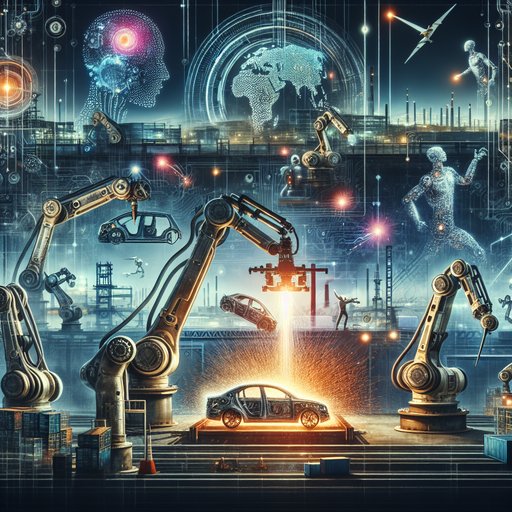
One arm lowers a spot welder with metronomic grace; another flips a chassis like a book. The choreography looks inevitable, but it was not. Industrial robots arrived awkwardly and then all at once, turning hazardous drudgery into programmable motion, stitching together supply chains, and redrawing the map of economic power. From the first steel limbs that braved heat and sparks to today’s sensor-packed collaborators that move among people, these machines have done more than raise productivity metrics. They have changed how factories think: about quality, about flexibility, about where to build and what to keep close. Their evolution is a story of gearboxes and code, but also of ambition and anxiety—the constant tug between speed and care, efficiency and dignity, global reach and local resilience.
The year is 1961, and in a General Motors plant in New Jersey a towering mechanical arm—Unimate—hoists hot die castings from a press that once blistered the hands of the toughest workers. It cannot see or feel, but it does not need to; its path is a ritual taught by switches and sequences. The floor boss watches the sparks with a mixture of relief and calculation. If the arm does not tire, if it repeats the same arc a thousand times, maybe the line can finally stop improvising and start orchestrating.
Today the orchestra spills across continents. In Seoul, Stuttgart, and Shenzhen, rows of articulated arms trace identical ellipses, coordinated by controllers that whisper in milliseconds. They work in teams with mobile robots that carry parts, and their schedules flex to demand measured not in quarters but in hours. Tomorrow, those teams begin to look less like walls of orange metal and more like nimble ensembles: robots that roll into a new cell when a product changes, that learn from a few demonstrations, that negotiate with other machines for time on a shared fixture and reroute when a shipment slips.
The arc from that first Unimate to the present is studded with moments when mechanical possibility met managerial nerve. Early automotive lines took to robots because they were perfect for grim jobs—spot welding in showers of sparks, handling castings too hot for skin, spraying paint without a cough. In the United States, pioneers like George Devol and Joseph Engelberger imagined industrial arms as a new species of worker. European and Japanese firms rapidly adapted the concept, building their own versions and local ecosystems of integrators and suppliers.
Kawasakis licensure of early designs helped seed a market that would bloom alongside lean production ambitions. The pitch was simple and dangerous: a robot is reliable if the plan is reliable. By the 1970s and 1980s, a vocabulary of motion settled in. Six-axis arms learned to reach around obstacles, the idea of a programmable universal machine for assembly migrated from labs into factories, and the SCARA form favored speed and stiffness for pick-and-place.
Microprocessors shrank control cabinets; machine vision crept in at first as a judge of pass or fail, then as a guide for position. Europe saw electrically driven, multi-jointed machines replace hydraulic brutes; Japan placed them into a discipline of just-in-time flows. Some factories experimented with lights-out hours, not because steel prefers darkness but because quality improves when the process is consistent. Through it all, a robot remained a promise sealed inside fixturing: build the rig around the task, and the task will not vary.
Globalization gave the promise more terrain. As electronics exploded in complexity and volume, arms entered clean rooms, handing wafers and populating circuit boards under magnification. Automakers added more robots per line as model variants proliferated. China opened its doors to automation as it became the world’s workshop; vendors from Germany, Japan, and the United States supplied arms that threaded into new plants, while Chinese firms began building their own.
The industry’s metrics shifted from curiosity to critical infrastructure: in some countries the density of robots per worker became a point of national pride, while everywhere lead times became a competitive weapon. A machine that never sleeps allowed factories to chase demand around the clock, and, unromantically, to do so where energy, logistics, and policy made the math work. Then came a gentler posture. In the 2010s, collaborative robots arrived with rounded edges, force sensors, and safety practices that allowed people and machines to share space.
Programming moved from pages of code to dragging a wrist through space; a machinist could teach a robot to tend a CNC without whispering to an integrator. Meanwhile, deep learning began to give vision systems a degree of robustness in clutter: bin picking graduated from trade show trick to production tactic, and inspection systems learned to flag subtle anomalies without a thousand handcrafted rules. The robot, once a fixed monolith, edged toward versatility. Predictive maintenance crept into controllers, digital twins shadowed cells in simulation, and factories began to treat changeovers as an everyday sport rather than a seasonal crisis.
On the ground, the impact was visceral. Injuries fell where robots took over the heat, the fumes, the repetition. Job descriptions morphed from wielding torque wrenches to tending fleets, reading dashboards, fixing end effectors at 2 a.m. Apprenticeship programs in some regions quietly added path planning and sensor calibration; informal mentorships in others handed down the art of listening to a gearbox.
In border factories assembling appliances, in Vietnamese electronics plants, in Midwestern machine shops and Bavarian suppliers, the presence of robots made the negotiation between wage costs, quality expectations, and delivery promises more explicit. Small companies found that a single arm could erase a bottleneck and level up the whole shop; during the pandemic, some used them as a hedge against quarantines and distancing rules. Where the story is heading is less about more metal and more about more intent. Self-reconfiguring cells—arms on autonomous bases with quick-change grippers—will let lines pivot from one product to another without a festival of Allen keys.
Programming by demonstration will borrow tricks from game engines and reinforcement learning: show a robot five ways to insert a delicate connector and it will average your skill, then adapt when the plastic swells in humidity. Soft fingertips, tactile skins, and whole-body sensing promise less bolted steel and more nuanced touch, so that automation can move from stamped steel to fabric, from rigid parts to the messy abundance of food and recycling. Factories will schedule not only shifts but also carbon intensity, pausing and surging to chase cleaner electrons as grids modernize. And robots will increasingly be the customers of robots, as cells build the next generation of actuation and sensing with a precision that improves their own descendants.
History keeps whispering its caution. Every time robots gained a new capability, managers faced the same choice: use it to push people to the margins, or to pull them into higher-skill work with more autonomy. The answer has never been uniform. Some plants used automation as a cudgel; others as a scaffold.
Standards for safe collaboration lowered the walls, but culture decided whether workers were partners or hazards. Governments, too, learned that tax codes and training budgets could shape the mix: incentives for capital without support for skills tend to sharpen inequality, while apprenticeship and community-college pipelines turn robot arms into ladders. The machines are neutral; their effects are not. Which leaves the factory floor in a reflective present.
The steel limbs that began as guardians against heat and hazard are now instruments in a global composition, playing scores written by engineers, economists, and, increasingly, algorithms. The next movement will not be a crescendo of speed so much as a deepening of articulation—more ways to feel, to adapt, to reconfigure—and a rebalancing of where things are made as energy, politics, and prudence tug supply chains homeward and outward at once. We will know this evolution has worked not when a plant runs in the dark, but when its light is worth standing in: when the rhythm of robots frees people to fix, to improve, to learn, and to build resilience into the bones of making.




































